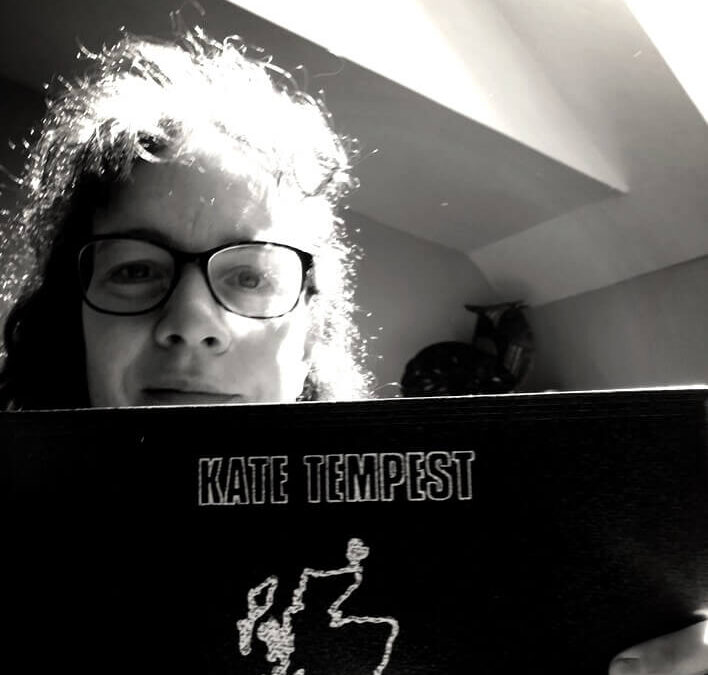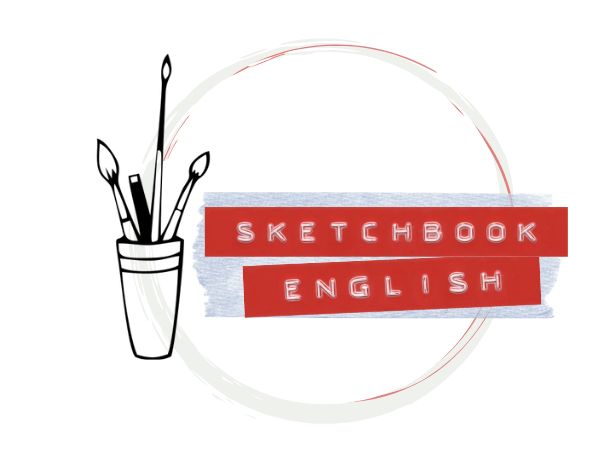English for Art Careers
Today our English language school talks about art, and asks the question:
Institutional Gender Prejudice in Art and Music – is it changing?
I’m writing this blog to help give you English language for your creative career. This blog is for you if you are an international creative needing English skills.
Also, if you are an ELT English teacher, please do share these debates with your class.
Read on for tips and language for English for Art careers.
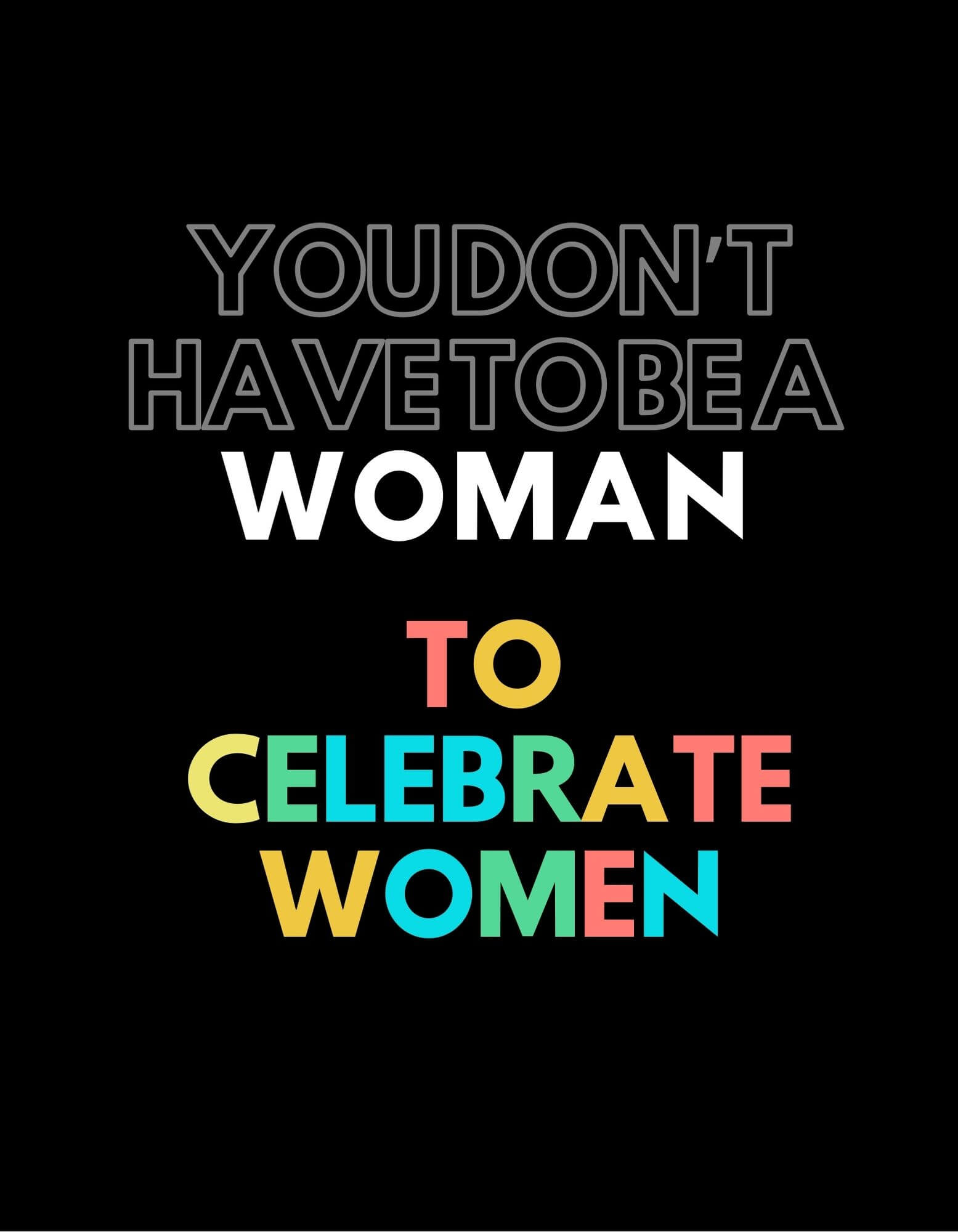
What’s All the Noise About?
The theory goes that women can be really, really excellently talented, but language like ‘genius’ is almost never applied.
In any doubt? Think about the wording ‘Old Master’.
But most great artists and composers are men, just look in museums, concert halls… jazz greats?
In the 19th century, while the wealthy male impressionists had carte blanche to portray almost any cultural environment they did not belong (girl’s ballet lessons, washerwomen working). Meanwhile, any woman even walking alone in the street or countryside was considered to be sexually promiscuous (for what other reason would there be for her to be there?).
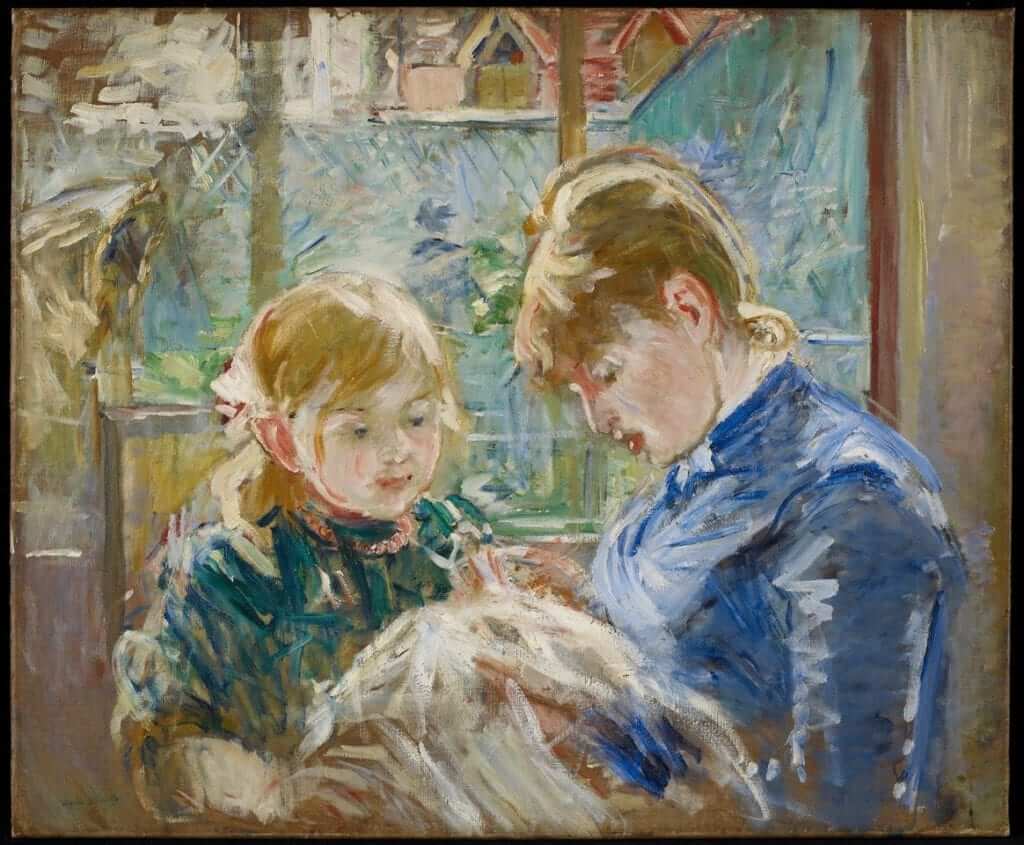
The Art World is Responding

Is it Working?
If you were in our language class, we’d be discussing this and sharing examples!
Most importantly, we see an equal balance in the work of contemporary artists being presented, and female curators being employed.
Some argue against positive discrimination, but how else would you address the gap?
The exclusively male genius is a myth which may take another generation to die out, but at least within the Western art world change is moving in the right direction.
Prove it!

The UK Art Scene | Cultural Ambassadors

![208028 English language school talks art Alone [Seule], Toulouse Lautrec](https://bluenoun.co.uk/wp-content/uploads/2021/05/208028.jpg)
By 2018* only 9 female artists had won the Turner Prize out of the total of 32 years it had run.
Gender Prejudice in Music
Interview Transcript | Reading Exercise
“Only 5% of Jazz instrumentalists are women in the UK today – we’re here to change that”.
This astonishing thought pointed me to the website Women in Jazz to learn more.
“Only 5% of Jazz instrumentalists are women in the UK today – we’re here to change that”.
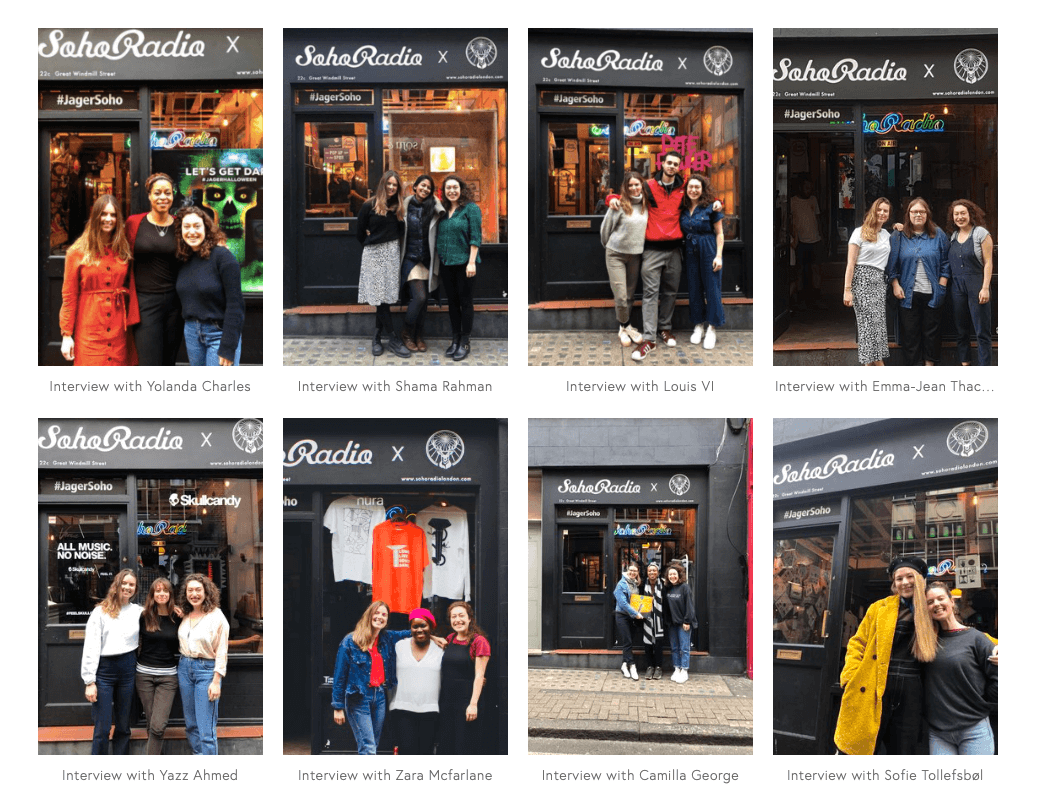
Join the Movement
“In our first year, we built an online community of 6k people, programmed 6 sell-out live events, 12 radio shows and a range of DJ and music business workshops for emerging Artists”.
What to Listen to this International Women’s Day?

“With over 60 shows from our female presenters and DJs over the three days, we are celebrating, discussing, playing, highlighting, empowering and showcasing females from across the globe, with shows from the UK, NYC and Australia”.
“2018: the year women changed the world with the #MeToo Movement”
Amal Omari, Radio Soho, 8th March, 2021
English for Art | Gender Reform
English for Creative Careers
We hope you’ve enjoyed this in-depth article about gender prejudice in art.
We cover a broad range of topics in our blogs – some a lighthearted look at Scotland, others an in-depth look at art and culture. There’s something for everyone.
If you are seeking English for Art – or English for creative Careers, then we have a whole online English course to help you.
It’s called Sketchbook English.
Your Blue Noun English Language Challenge is:
Use the comment section below to tell us about: the last piece of music you bought by a living female artist.
You can use the Teri Lyne Carrington transcript for language and ideas.
Write as much as you like, and if you would like us to check & correct your English, write CP (correct please) at the end.
Live language learning!

“The last piece of music you bought by a living female artist.“

